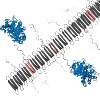
Nanofiber-based treatments stimulate the body to mount its own biological attack on immune disorders.

Nanofiber-based treatments stimulate the body to mount its own biological attack on immune disorders.

A change of instructions in a computer program directs the computer to execute a different command. Similarly, synthetic biologists are learning the rules for how to direct the activities of human cells.
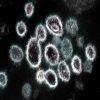
This study investigates how the nucleocapsid protein, or N protein, of the SARS-CoV-2 virus packages the viral genome.
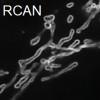
A team of NIH microscopists and computer scientists used a type of artificial intelligence called a neural network to obtain clearer pictures of cells at work even with extremely low, cell-friendly light levels.
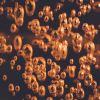
NIBIB-funded researchers are investigating long-lasting, customizable nanobubbles for ultrasound contrast agents.
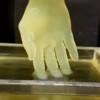
The new technique is capable of printing the models 10-50 times faster than the industry standard—in minutes instead of hours— a major step in the quest to create 3D-printed replacement organs.
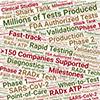
One-year into implementation of the NIH RADx initiative, the IEEE Open Journal of Engineering in Medicine and Biology has dedicated a specialissue to exploring the innovative structure and operation of the RADx Tech program.
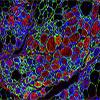
The technique used in this preclinical study could aid tissue regeneration following severe accidents, surgical resections, or progressive muscle loss due to age or genetic disease.
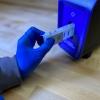
The National Institutes of Health (NIH) today announced three new contracts and one new award to an existing contract for scale-up and manufacturing of novel COVID-19 testing technologies.
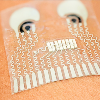
NIBIB-funded engineers have developed a flexible epidermal patch that can simultaneously and continuously monitor cardiac output and metabolic levels of glucose, lactate, caffeine, or alcohol. The patch is a major step towards continuous non-invasive health monitoring.